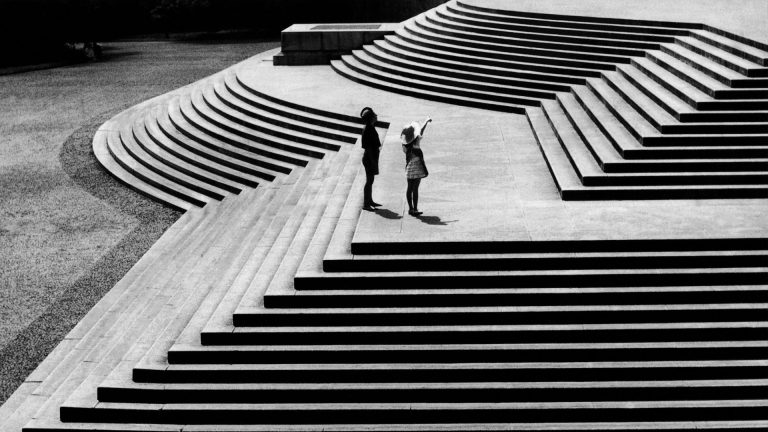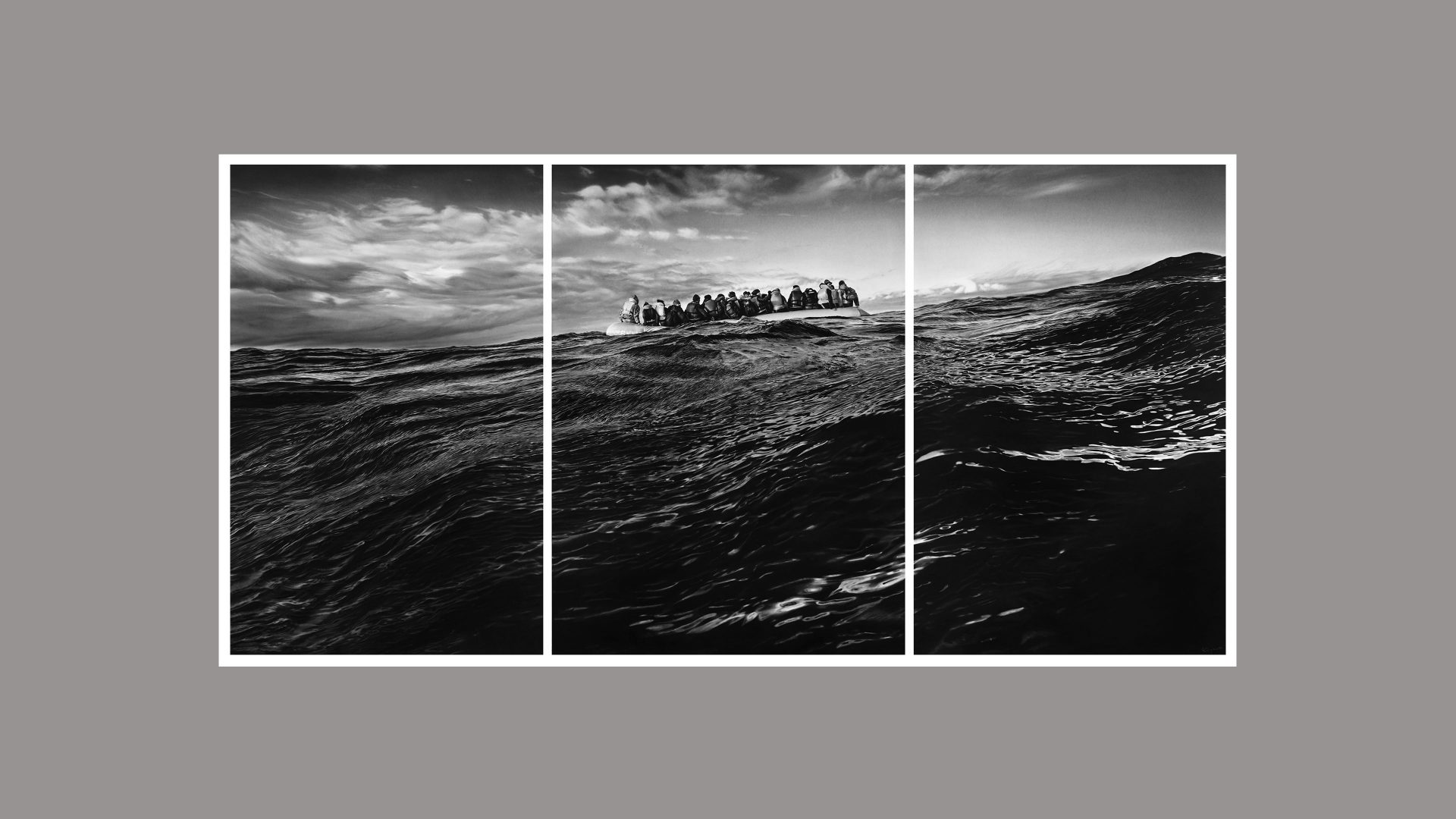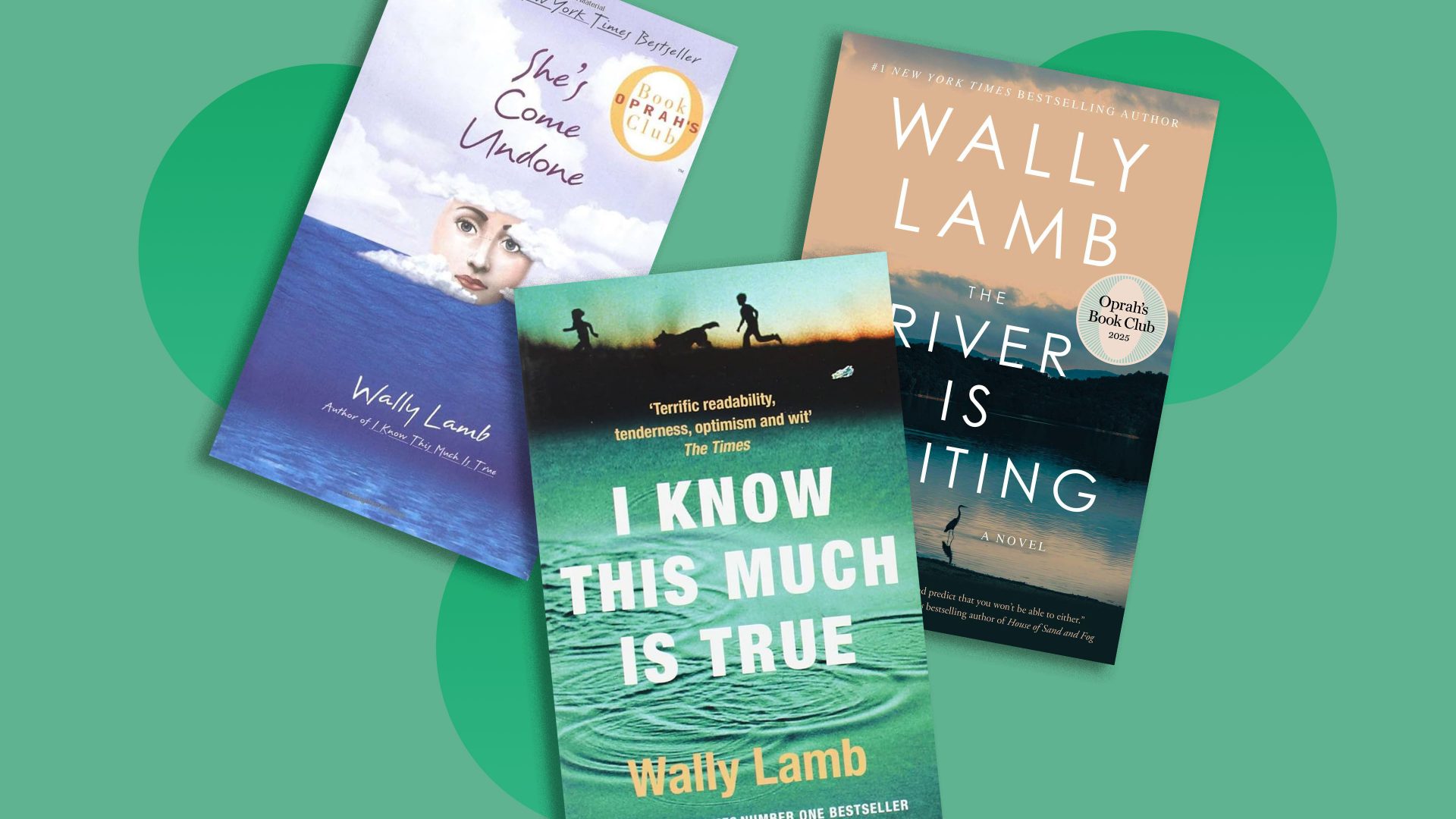It is a clear, blue summer’s afternoon in the sculpture garden of the Louisiana Museum of Modern Art in Humlebæk, Denmark – the kind that makes you understand why so many past visitors leap on to the commuter train back to Copenhagen, open up TripAdvisor, and gush about their visit to the planet’s most beautiful gallery.
Inside, there’s an unsettling retrospective of the painter and sculptor Kaari Upson, and the usual long queue for Gleaming Lights of the Souls, one of Yayoi Kusama’s mirrored rooms. But today, many have chosen the open air, drifting past the Henry Moore, the Giacomettis, and the Alexander Calder mobiles.
There are panoramic views from the garden across the Øresund Strait to the Swedish city of Helsingborg. In the heat, despite signs warning of no re-admittance, some ticketholders have abandoned the art to trek down the hill to the jetty and small sandy beach below, where they watch sailing yachts cutting across the water.
If they have not visited the west wing before doing so, they have made a mistake. There, in a huge triptych by the Brooklyn-born artist Robert Longo, is another type of small boat – the kind used by migrants to reach Dover and for other dangerous journeys to places where they are told they are unwelcome and unwanted. Untitled (Raft at Sea) was created by Longo and his studio workers in 2016-2017, but to visitors from the UK, mindful of hotel protests and foaming rhetoric from Nigel Farage, it might feel like the picture of the summer.
Longo was in his mid-20s when he began taking his camera – and his friends – to his Manhattan rooftop. There, he threw small objects at them and photographed their sudden, jerking reactions. If you don’t know the backstory, it’s unclear whether these well-dressed New Yorkers are dancing, caught in some sort of ecstasy, or contorting as they are shot.
Suggested Reading

The brutal beauty of Brazil’s boom
Longo turned the images into huge charcoal and graphite drawings of the figures on white backgrounds – his Men In Cities (1978–1983) series. This made him famous (more famous still when David Bowie took inspiration from it for his Lodger album cover). He went on to direct great music videos (New Order’s Bizarre Love Triangle, 1986) and not-great movies (Keanu Reeves’s Johnny Mnemonic, 1995), while continuing to make charcoal and graphite images of American flags and guns. Some critics detected diminishing returns – one from the New York Times even dubbed him “Robert Long-Ago”.
Since the turn of the millennium, Longo has been making work that is darker in every sense. These are huge, hyperrealistic pieces that showcase his mastery of chiaroscuro, the contrast between light and shade.
The process itself is extraordinary: the selection of an image – perhaps a news magazine photograph, a drone shot, or one made with night vision – that is cropped, manipulated, enlarged, and projected on to paper. Longo records the contours and his staff make a full-scale drawing, which Longo returns to with charcoal and graphite, working his way from pure white towards the intensity of black. “I always think that drawing is a sculptural process and feel like I’m carving the image out rather than painting it,” the artist has said. His entire sculptural process can take up to a year for a single piece.
These pictures always feel massive – but when Longo’s subject matter is a tiger’s head, a shark’s mouth, a celebrating American football player, or an F-22 stealth fighter rising above the clouds, they can feel oddly trite too. Their impact relies on disbelief that these aren’t photographs.
When the images are of moments from our unfolding global crises, however, it is literally a different story in terms of power. Looking at Longo’s visions of migrant boats on choppy waters, or refugees waiting in uncertainty at a processing centre, or lines of US police holding back campus protests over Gaza, we can feel the weight of struggle in every brush of the charcoal.
That’s when you believe in Robert Longo – and believe him when he says: “Making art is a political act. As artists, we’re reporters. Our job is to report what it’s like to be alive now. We’re one of the few professions left in the world that has the opportunity to try to tell the truth.”
Robert Longo: The Acceleration of History is at the Louisiana Museum of Modern Art, Denmark, until August 31. The Weight of Hope is at the Pace Gallery in New York from September 10 to October 25.
Sadie Harper is a journalist from Connecticut, USA



